It's all about the classical music composers and their works from the last 400 years and much more about music. Hier erfahren Sie alles über die klassischen Komponisten und ihre Meisterwerke der letzten vierhundert Jahre und vieles mehr über Klassische Musik.
Total Pageviews
Monday, January 2, 2023
Friday, December 30, 2022
Music and Nature Seasons: Winter
by Maureen Buja
What’s your vision of winter? Cold, snow everywhere, or simply a more temperate time of year? Is it crisp days that make your nose crinkle or soft sunshine and no air-conditioning? No matter what kind of winter you have, there’s music to fit your mood.
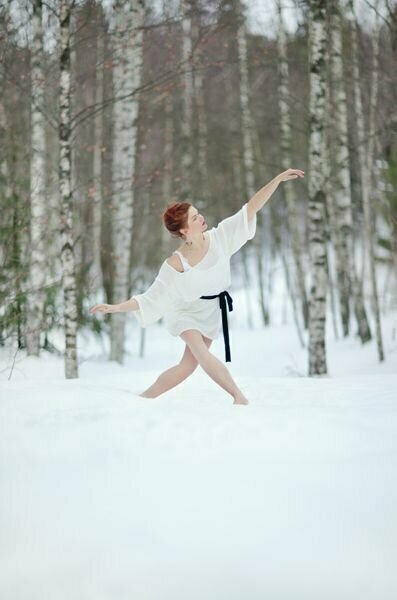
Dancing in the snow
Tchaikovsky, stuck in the coldest north, created his first symphony on an idea that could accommodate both a cold and a warm season, his Winter Daydreams. The slow Adagio movement could be you sitting by the fire, curled into a blanket, or in a nice swaying rocker.
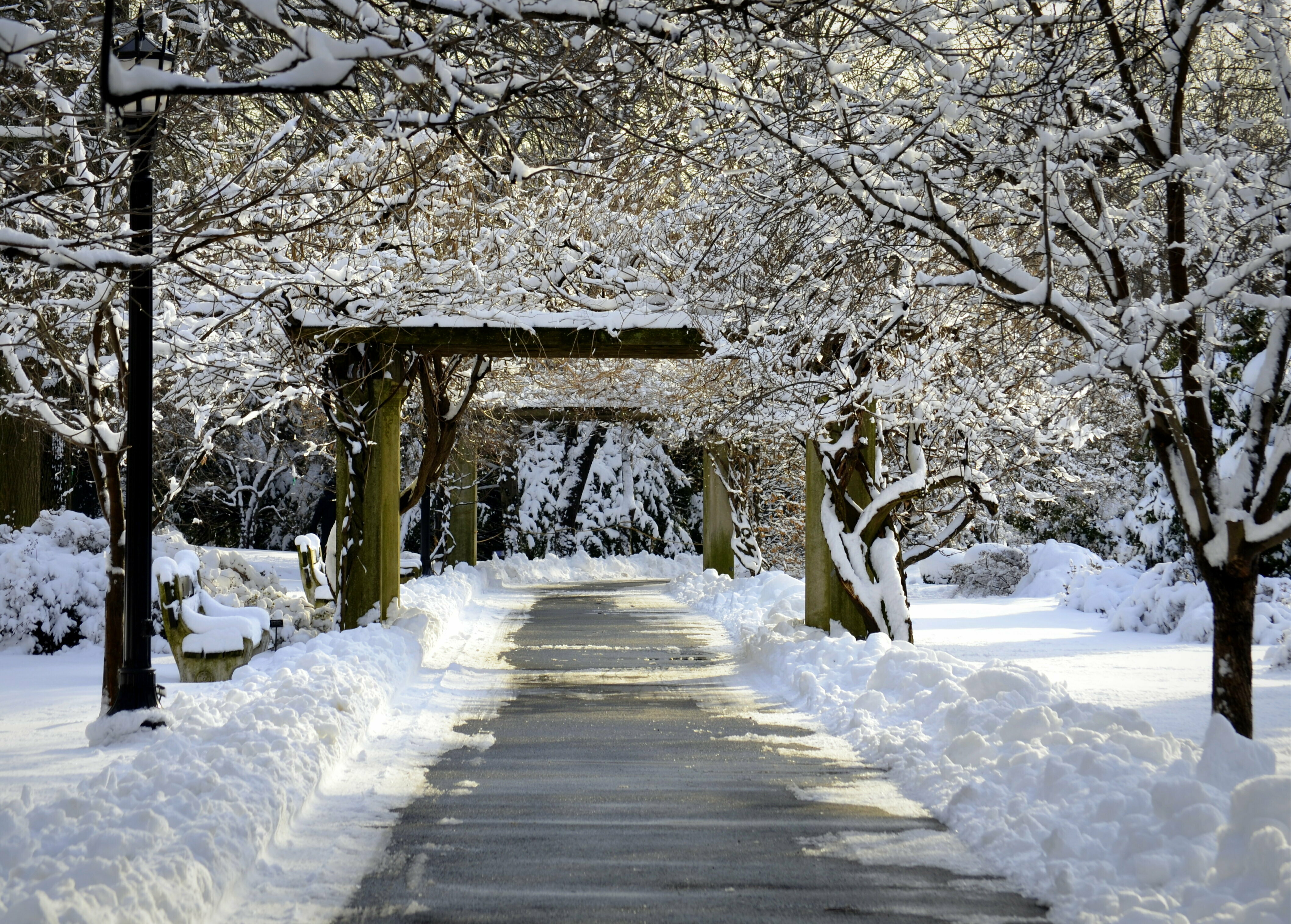
Brooklyn Botanical Garden in Winter
In the inverted summer/winter of Argentina, Piazzolla, in his Four Seasons of Buenos Aires, gave us a winter scene with dancing.
In England, Christopher Simpson’s Winter part of his four Fantasia Suites for viols, also takes us dancing.
Russian composers, however seem to be the ones who take us into the wrenching cold. As the chorus sings, the snow piles higher and higher.
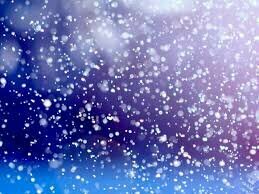
Snow falling
Leonid Desyatnikov closes his 12 months of the Russian Seasons with a look back at the year.
It’s cold, but we’re inside and we can remember the year as it was.
Sergei Prokofiev’s ballet Cinderella included a Winter Fairy – one of the 4 season fairies who came to help Cinderella’s fairy godmother prepare her for the ball.
In his Children’s Corner Suite, even Claude Debussy included a work for the snow. As it falls, it seems to mesmerize the watcher – the light colour against the darkness of night and never stopping.
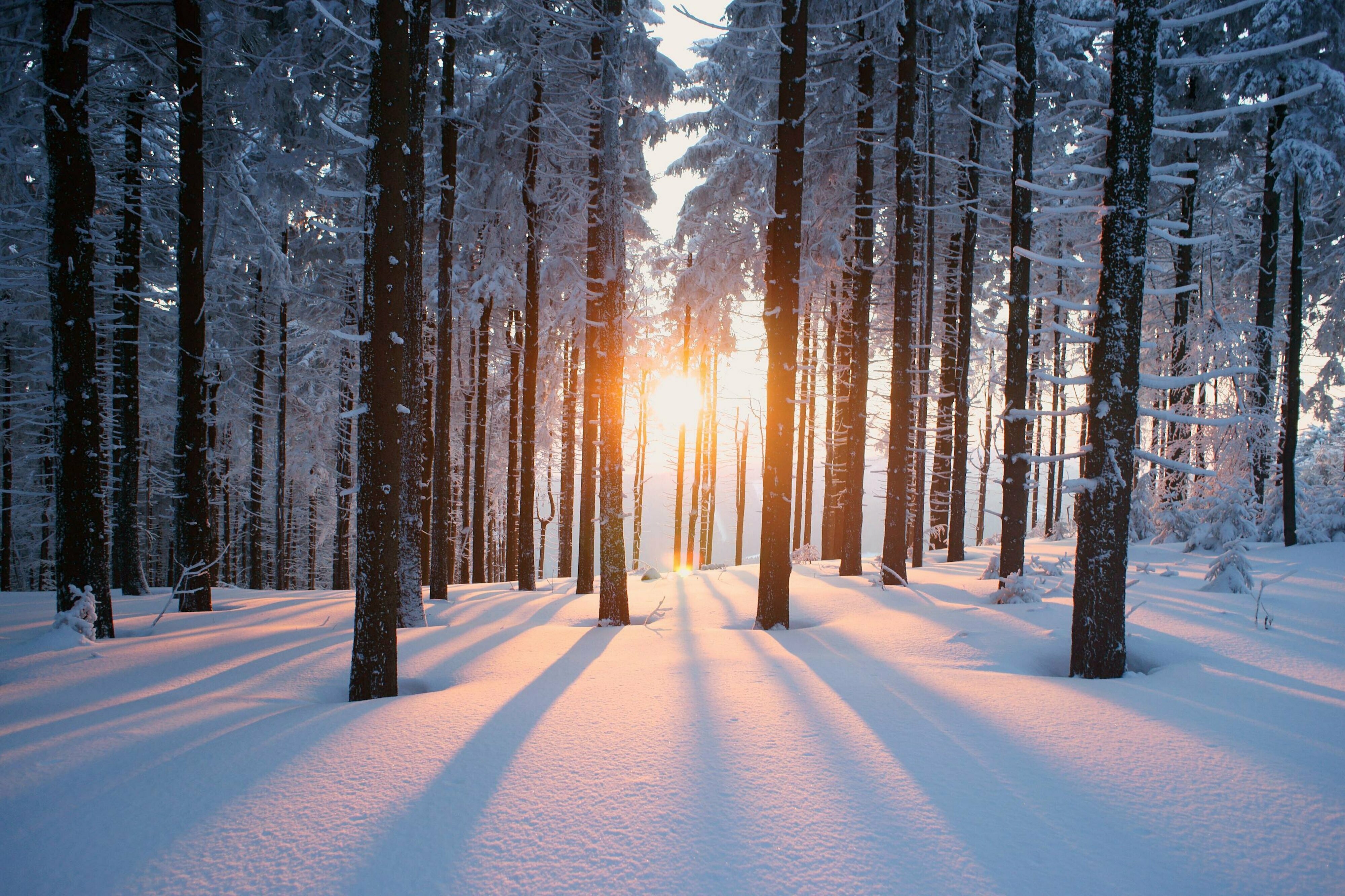
Sunset against the trees
British composer Thomas Adès set a set of 4 Latin songs as The Lover in Winter for countertenor and piano. Again, he’s able to invoke a cold feeling.
But perhaps we should close as we started, with a bit of Tchaikovsky. His famous ballet The Nutcracker remains for many people the definition of the winter season. It’s Overture, seeming to mix both the falling snow and the scurrying people preparing for the season captures so much of winter.
What are the lyrics to Auld Lang Syne, and what does Auld Lang Syne actually mean?
By Daniel Ross, ClassicFM
We all know Auld Lang Syne from bleary-eyed New Year’s Eve renditions, but have you ever wondered exactly what the words mean, and where they come from? And what about the tune?
Most of us will know ‘Auld Lang Syne’ from joyful New Year’s Eve festivities, joining friends and family in raising our voices to welcome in a new year, but how many people can truthfully say they know the words beyond the first verse?
As for the melody, it pre-dates any New Year’s celebrations as we know them, and has been used by the likes of Beethoven, Haydn, and even Cliff Richard.
What are the lyrics to Auld Land Syne?
First verse:
Should auld acquaintance be forgot,
and never brought to mind?
Should auld acquaintance be forgot,
and auld lang syne?
Chorus:
For auld lang syne, my jo,
for auld lang syne,
we’ll tak’ a cup o’ kindness yet,
for auld lang syne.
Second verse:
And surely ye’ll be your pint-stoup!
and surely I’ll be mine!
And we’ll tak’ a cup o’ kindness yet,
for auld lang syne.
Chorus
Third verse:
We twa hae run about the braes,
and pou’d the gowans fine;
But we’ve wander’d mony a weary fit,
sin’ auld lang syne.
Chorus
Fourth verse:
We twa hae paidl’d in the burn,
frae morning sun till dine;
But seas between us braid hae roar’d
sin’ auld lang syne.
Chorus
Fifth verse:
And there’s a hand,
my trusty fiere!
and gie’s a hand o’ thine!
And we’ll tak’ a right gude-willie waught,
for auld lang syne.
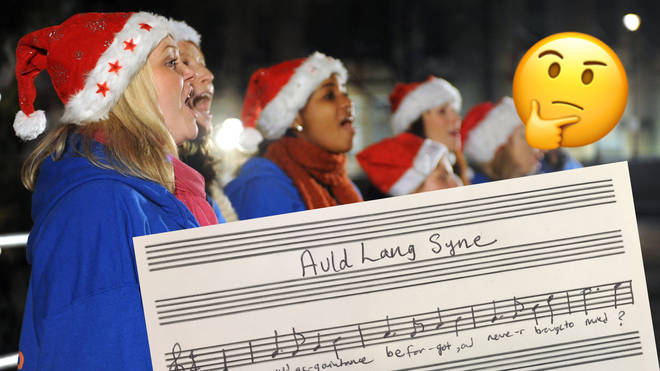
What does ‘Auld Lang Syne’ mean?
The most accurate plain English interpretation of the piece’s famous title is ‘Old long since’, or ‘For the sake of old times’.
The song itself is reflective in nature, and is basically about two friends catching up over a drink or two, their friendship having been long and occasionally distant.
The words were written by Scottish poet Robert Burns in 1788, but Burns himself revealed at the time of composing it that he had collected the words after listening to the verse of an old man on his travels, claiming that his version of ‘Auld Lang Syne’ marked the first time it had been formally written down.
However, an earlier ballad by James Watson, named ‘Old Long Syne’, dates as far back as 1711, and use of the title phrase can be found in poems from as early as the 17th century, specifically works by Robert Ayton and Allan Ramsay.
hat is the tune to ‘Auld Lang Syne’?
The tune is thought to stem from a traditional folk song, collected in the Roud Folk Song Index (it’s listed as #6294). The famous tune is loosely based on a pentatonic (five-note) scale, and has been borrowed and quoted by countless composers and writers.
Beethoven even wrote an arrangement of ‘Auld Lang Syne’ as part of his 12 Scottish Folksongs from 1814 (listen below).
One of the more unusual and most famous uses of the tune came in 1999 when Cliff Richard used the melody for his single ‘Millennium Prayer’, in which he sang the words of The Lord’s Prayer over the familiar tune.
When do people sing ‘Auld Lang Syne’?
‘Auld Lang Syne’ is most famously sung by revellers at the stroke of midnight on New Year’s Eve every year.
This tradition began in Scotland, where Hogmanay would be marked by the singing of the song while singers join hands to form a large circle.
Apart from New Year’s Eve, the song is also often sung at Burns Night celebrations, the Edinburgh Military Tattoo, at passing out parades for the Royal Navy, and for many other military bodies across the world.
Wednesday, December 28, 2022
Martha Argerich: Schumann Piano Concerto in A minor, Op. 54(2022)
Tuesday, December 27, 2022
Shine On You Crazy Diamond (Parts I-V)
49,523,830 views • Jan 13, 2016
Monday, December 26, 2022
Subscribe to:
Comments (Atom)